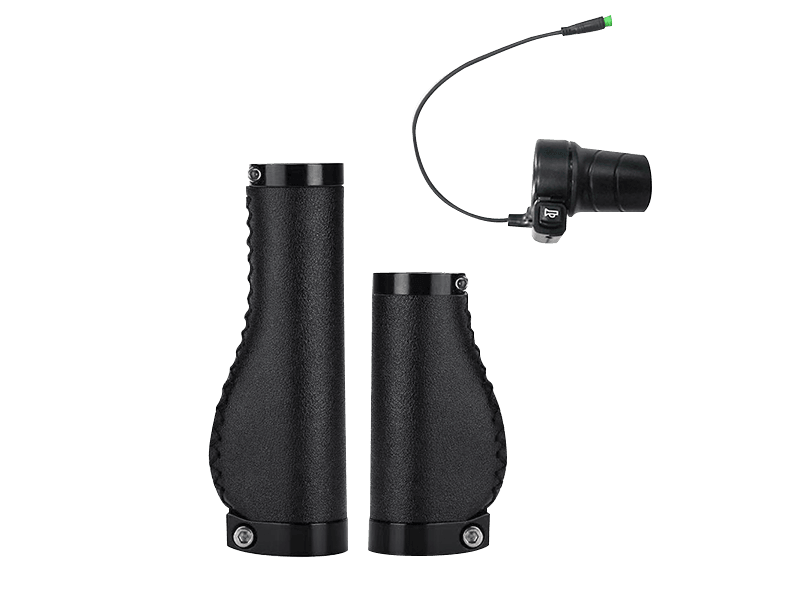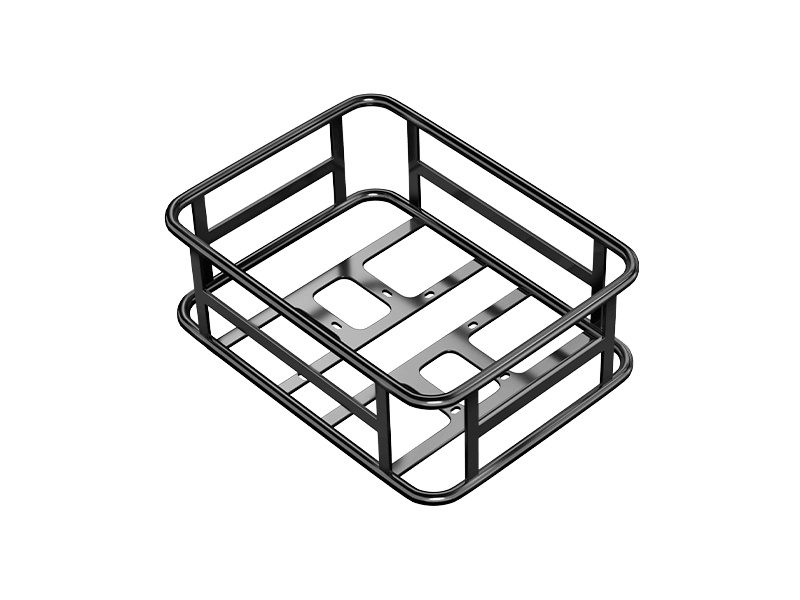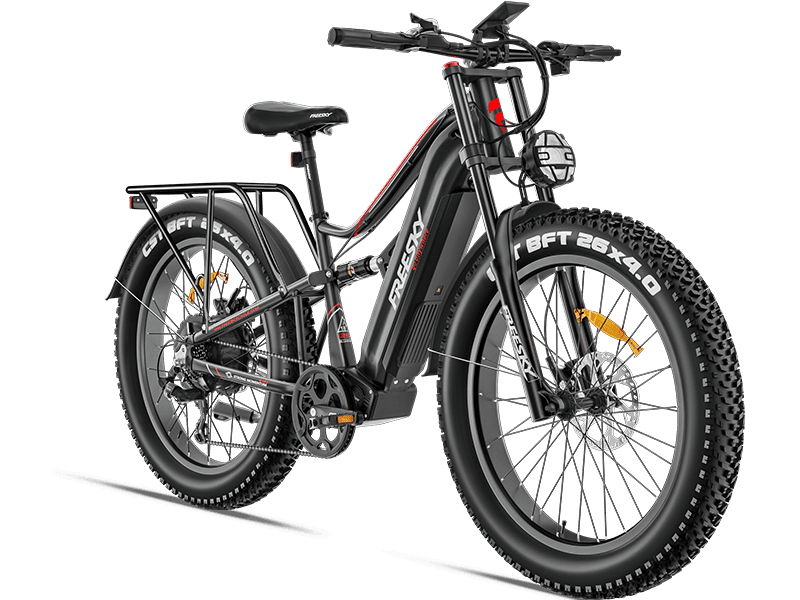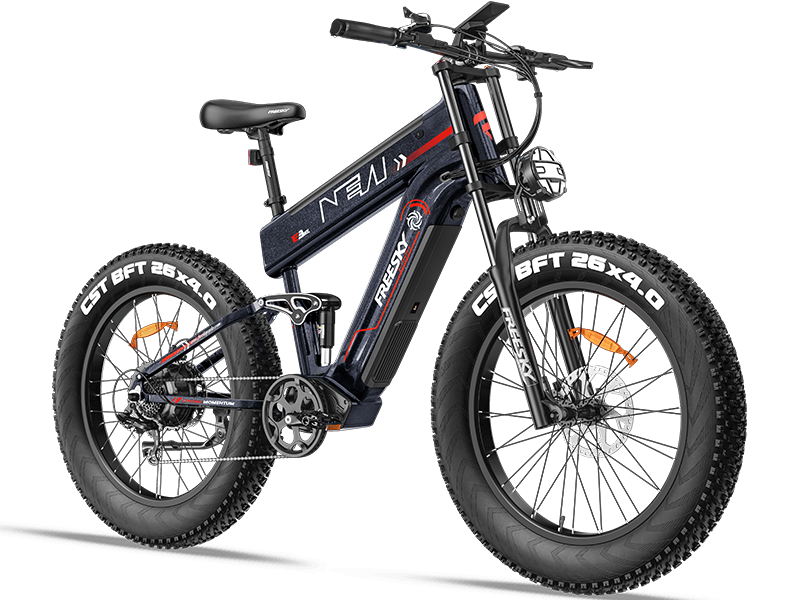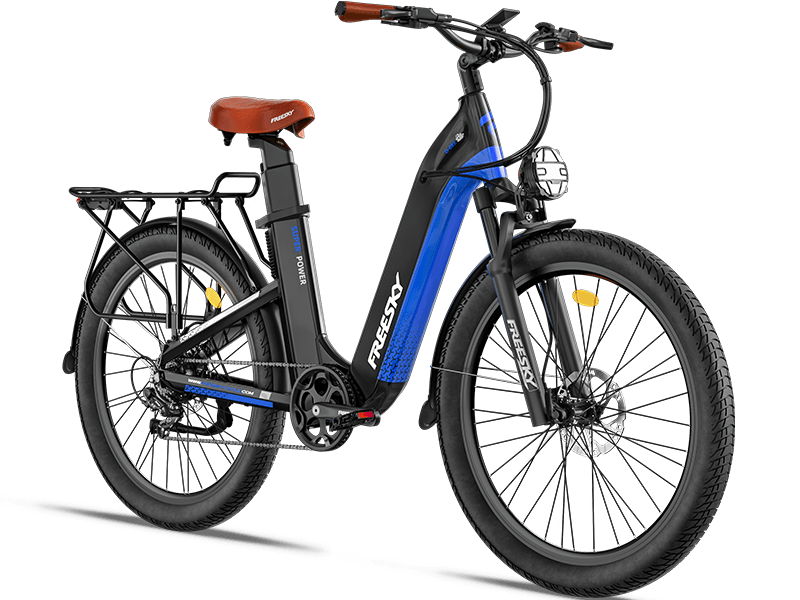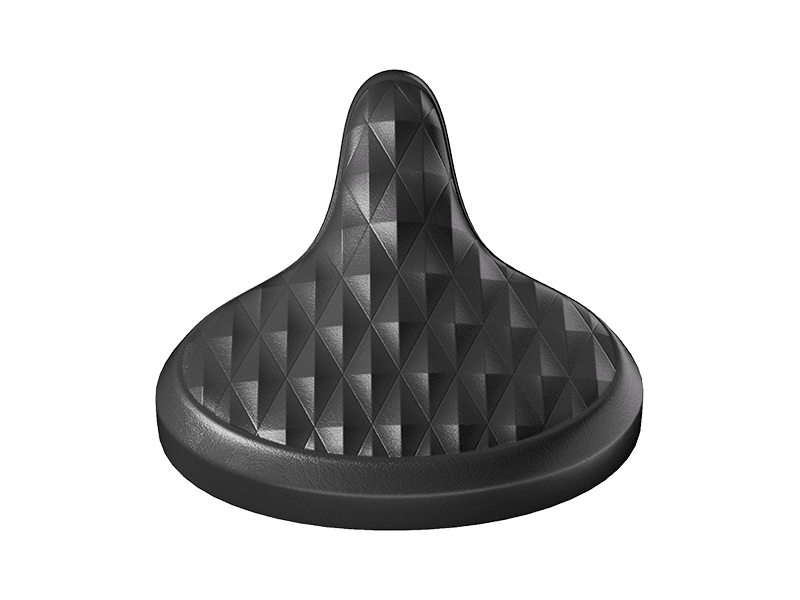The Distinguishing Features of a Step-Through Bike Versus a Regular Bike
APR 06, 2024
In the realm of bicycles, there exists a vast array of designs and styles, each catering to the unique needs and preferences of cyclists. Among these, the step-through bike and the regular bike stand out as two distinct options, offering their own set of advantages and disadvantages. The question of "What is the difference between a step-through bike and a regular bike?" prompts a deeper exploration into the nuances of these two bicycle types.
Let's begin with the defining characteristics of a regular bike. A regular bike, often referred to as a diamond frame bike, is characterized by its traditional frame design. This design features a horizontal top tube connecting the front and rear forks, creating a diamond-shaped silhouette. This frame geometry offers a sturdy and rigid structure, providing excellent support and stability during rides. Regular bikes are typically favored by those seeking a more aggressive riding style, such as road cyclists or mountain bikers, as they offer greater control and responsiveness.
On the other hand, a step-through bike, also known as a hopper bike or a comfort bike, differs significantly in its frame design. Instead of a horizontal top tube, a step-through bike features a lowered or curved frame that allows riders to easily step through the frame, rather than over it. This design is particularly beneficial for riders who face difficulty mounting a traditional bike, such as those with limited flexibility, those wearing skirts or dresses, or those who simply prefer a more convenient entry and exit.
The ease of mounting aside, the step-through design also offers improved comfort and accessibility. The lowered frame geometry places the seat and handlebars in a more upright position, making it easier for riders to maintain an upright posture. This posture can be particularly beneficial for riders with back or neck pain, as it reduces the strain on these areas. Furthermore, the step-through design often incorporates a more relaxed geometry, with a shorter wheelbase and wider tires, providing a smoother and more comfortable ride on uneven surfaces.
In terms of usage, step-through bikes are often seen as more suitable for urban commuting, casual rides, and leisure activities. They are typically lighter and easier to maneuver, making them ideal for navigating busy city streets and tight spaces. On the contrary, regular bikes are often preferred for longer rides, competitive cycling, and off-road adventures, where the need for speed, durability, and precision handling is paramount.
Another key difference between these two bike types lies in their aesthetics and styling. Regular bikes often boast a sleek and sporty appearance, with narrow tires and a streamlined frame. They are available in a wide range of colors and finishes, catering to the tastes of different riders. Step-through bikes, on the other hand, often feature a more classic and retro design, with a focus on comfort and practicality. They may come with additional features such as baskets, bells, or comfortable seats, making them more suitable for daily use and casual rides.
When it comes to pricing, step-through bikes and regular bikes can vary significantly depending on the quality of materials used, the level of customization, and the brand. In general, however, step-through bikes may be slightly more expensive due to their specialized frame design and the additional comfort features they often incorporate.
In conclusion, the difference between a step-through bike and a regular bike lies in their frame design, riding posture, usage, aesthetics, and pricing. The step-through bike offers ease of mounting, improved comfort, and accessibility, making it ideal for urban commuting and casual rides. On the other hand, the regular bike provides a sturdy and responsive riding experience, suitable for longer rides and competitive cycling. The choice between the two ultimately depends on the individual rider's needs, preferences, and riding style. Whether you're looking for a convenient urban commuter or a speedy road warrior, there's a bike type that's perfect for you.


